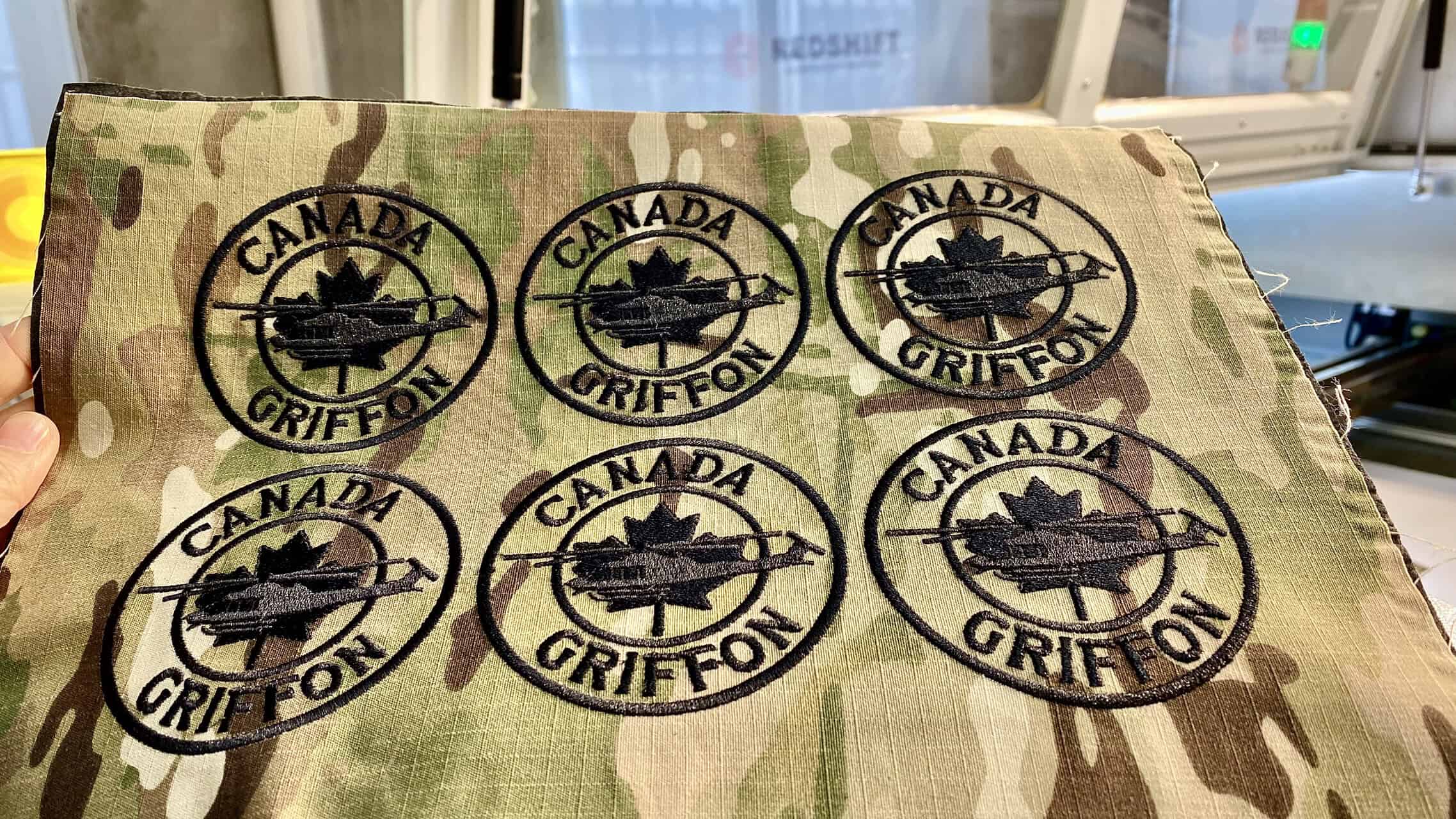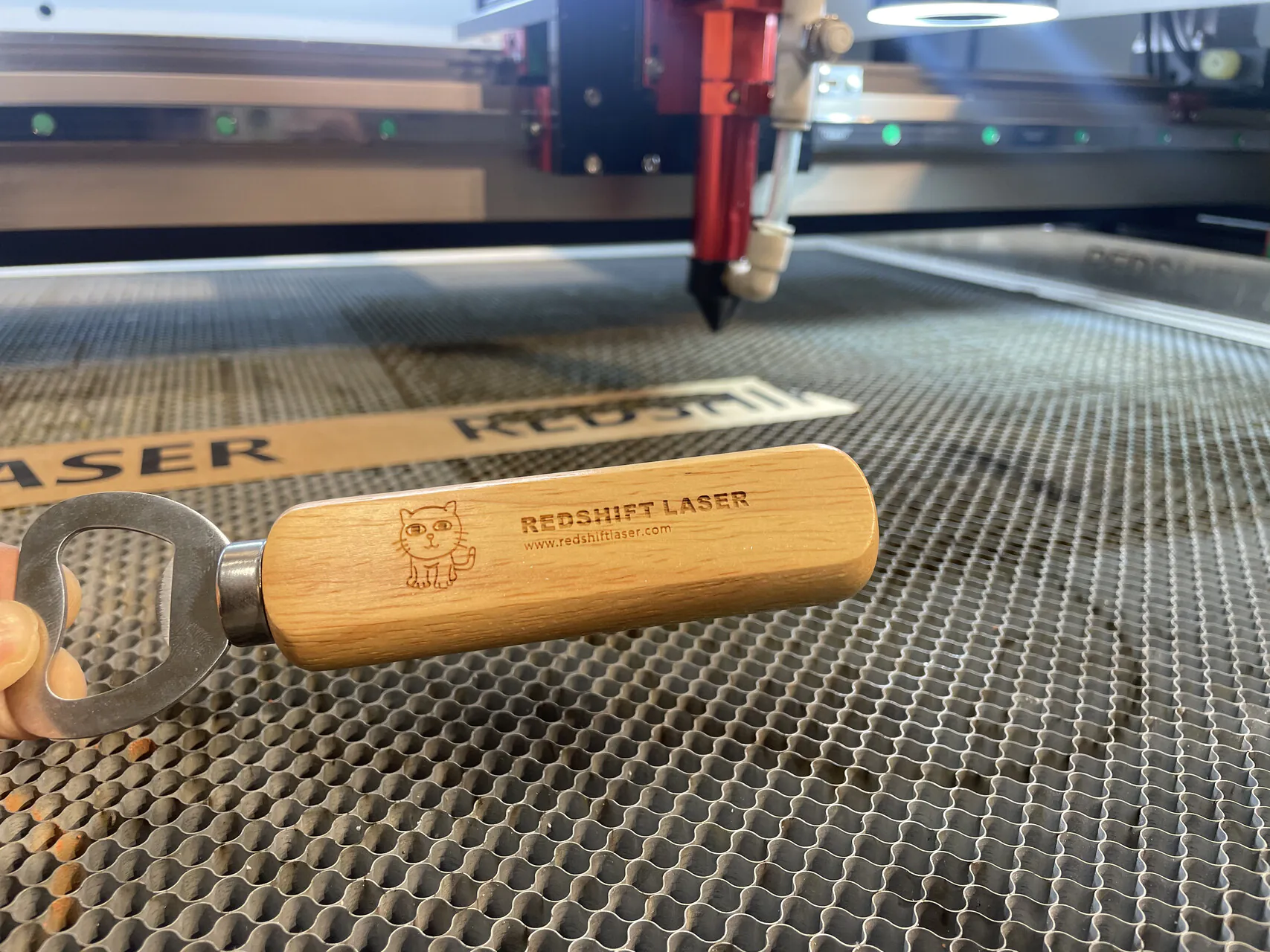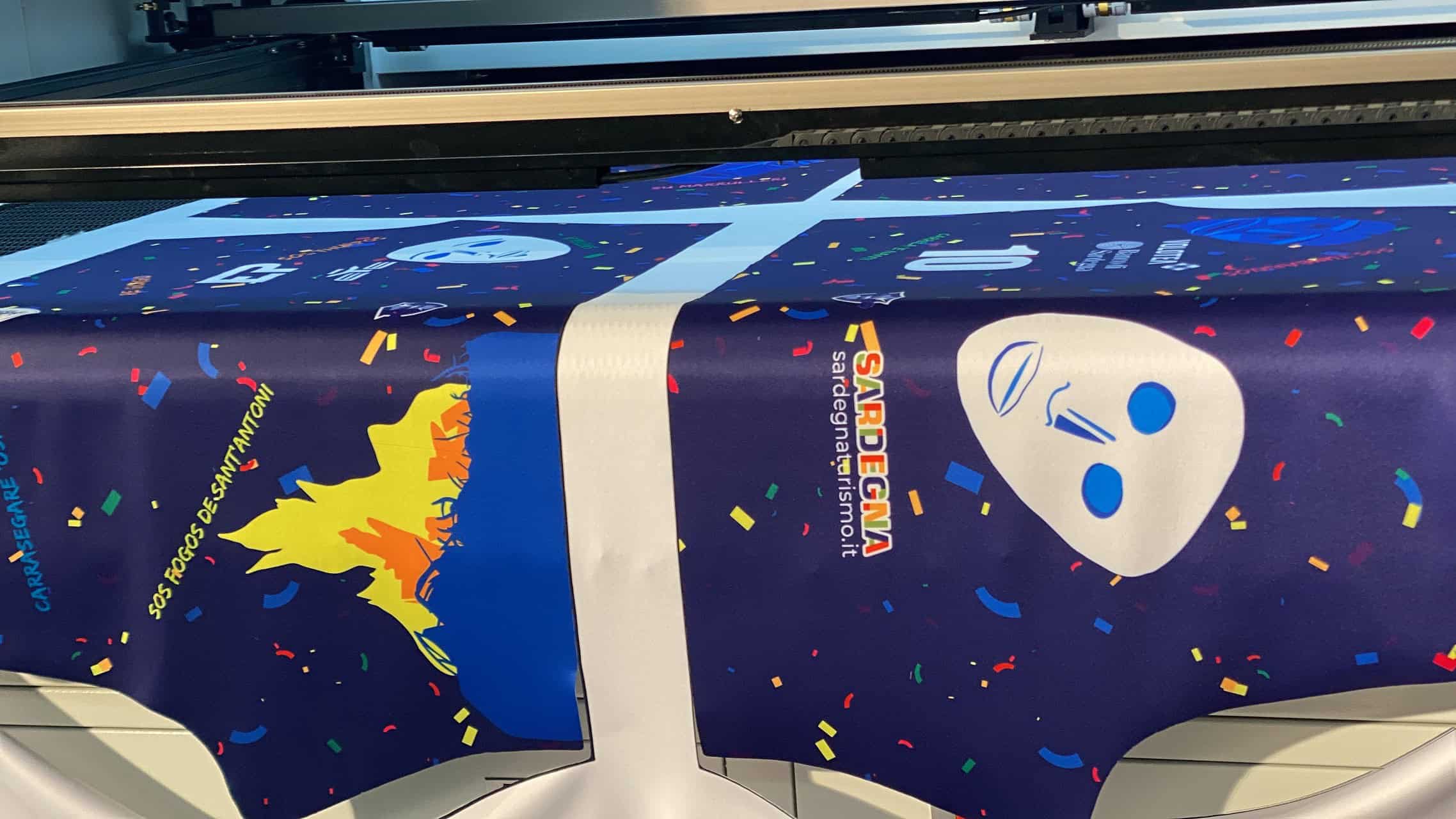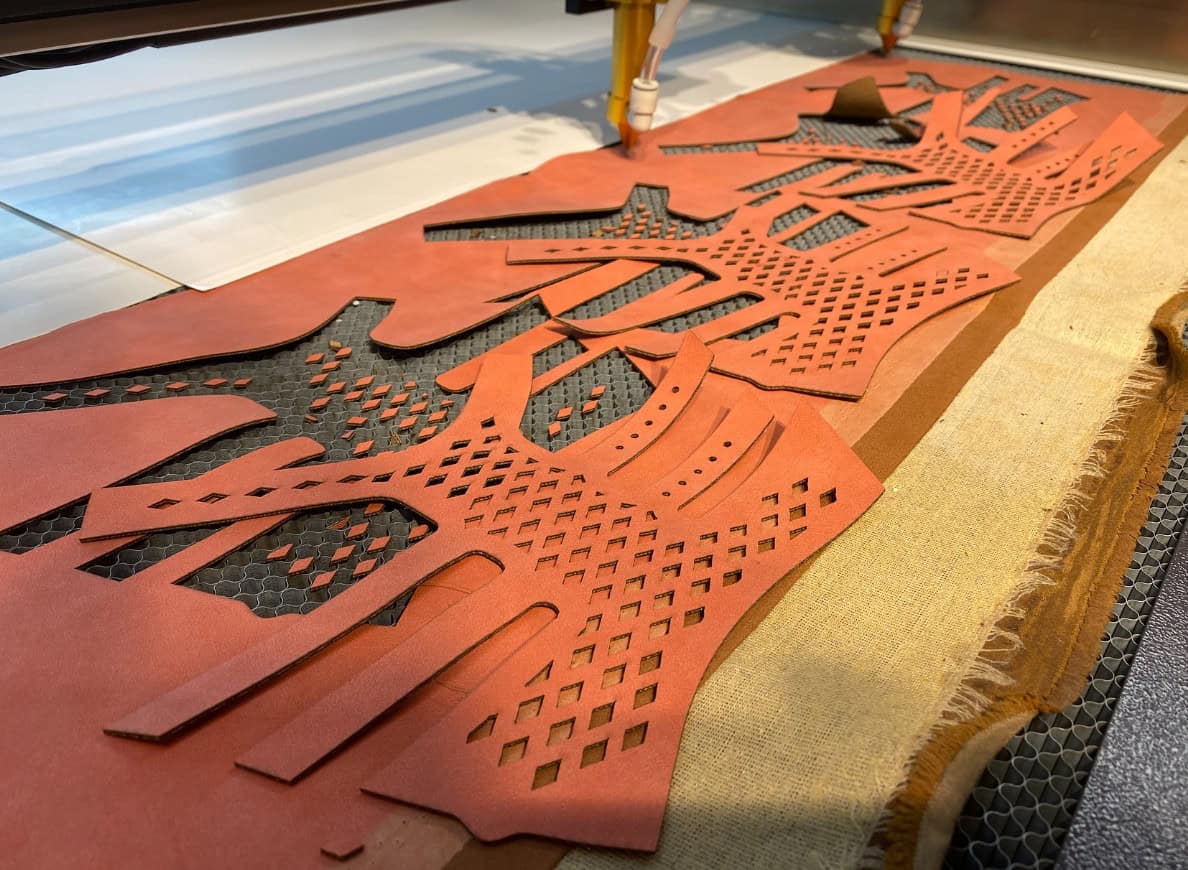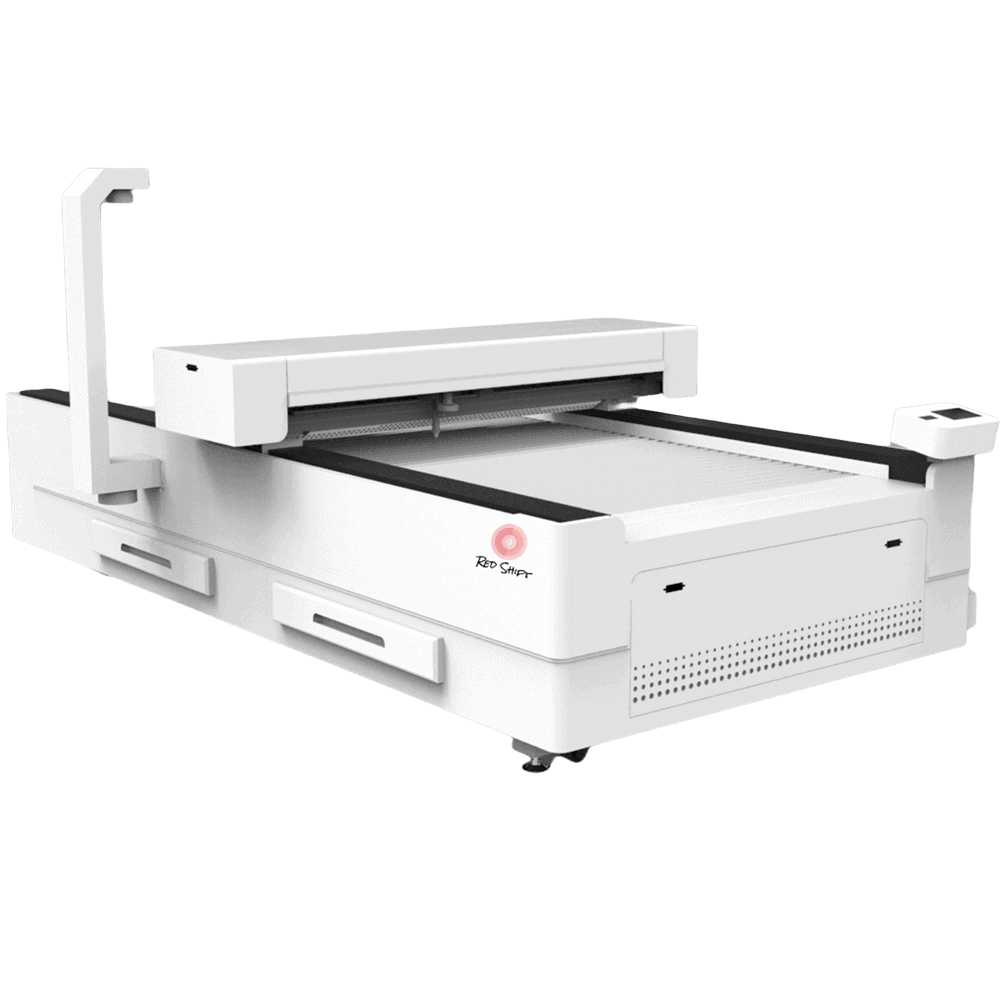Currently, laser cutting technology for flexible materials is widely used across various industries. In the apparel industry, laser cutting technology is employed for cutting a variety of fabrics to achieve personalized designs and production. In the automotive sector, laser cutting technology is used for cutting interior materials to enhance production efficiency and quality. In the electronics industry, laser cutting technology is utilized for cutting components like flexible circuit boards to meet the high precision requirements of electronic products.
Today, with the upgrading of consumer structures and the increasing demands for buyer markets and consumer personalization, customization, and timeliness, meeting the processing requirements of “diversity, small scale, and controllable cycles” is key to the survival and success of enterprises.
What is flexible material processing?

Flexible materials encompass a broad category, including intricately patterned textiles, durable and flexible rubber, and versatile plastics. Cutting flexible materials is a diverse topic as different materials present unique challenges during processing.
For instance, in the apparel industry, due to the soft and deformable nature of fabrics, conventional mechanical cutting methods may result in inaccuracies due to fabric stress-induced deformation. Additionally, mechanical cutting can lead to frayed edges or damage to the fabric. As fabrics typically have a low ignition point, plasma cutting may cause thermal shrinkage around the cut edges, leading to adhesion, size reduction, scorching, or discoloration, affecting overall aesthetics.
Advantages of laser technology in processing flexible materials

Laser cutting of fabrics, a type of flexible material, involves using a high-energy laser beam to instantaneously heat the material, causing localized melting or vaporization to achieve cutting.
Since laser cutting of fabrics does not involve mechanical pressure, issues related to deformation due to compression are eliminated. Laser cutting ensures precise and reliable cuts with standard dimensions, clean edges, and no fraying, allowing for the realization of complex and intricate fabric structures.
Laser focus is highly precise, enabling cutting at the micron level, preventing the spread of heat effects, avoiding issues such as fabric yellowing or stiffening, and ensuring smoothness and accuracy of cut edges.
Moreover, traditional cutting and trimming equipment have relatively long design and production cycles. In contrast, laser cutting allows for direct software layout with many software supporting various automatic layout functions, streamlining the material feeding and cutting process to meet personalized customization requirements.
To prevent fabric displacement, mechanical cutting is often limited to single-layer cutting. Laser cutting enables multi-layer parallel processing, automatically cutting fabrics into different shapes and sizes as needed. Making batch modifications to designs is cumbersome with traditional cutting methods, while laser cutting, combined with visual recognition systems, simplifies the process. Additionally, laser cutting equipment can integrate processes like gluing and marking on the same laser machine, saving time in production processes.
Practical applications
Laser technology enables rapid and precise processing, and with the assistance of control systems, processing methods can be changed according to design requirements, enhancing flexibility. Equipped with visual control systems, laser technology can autonomously identify areas for processing, significantly improving automation levels.
Visual laser control systems come in different types tailored to different fabric processing needs. Based on processing area, there are primarily two types: large-format visual laser control systems and small-format visual laser control systems.
Small-format visual laser control systems: These systems use small industrial cameras to capture a limited area, suitable for cutting small fabrics or small patterns on large fabrics. Due to the inherent limitation of visual recognition where larger field of view results in lower local clarity, small-format visual laser control systems are essential for precise cutting of small patterns.
Large-format visual laser control systems: These systems use high-resolution digital cameras to capture a larger area, covering the entire machine workspace. They are mainly used for cutting and processing large-sized fabrics, such as in garment factories that require batch processing of fabrics. Deployment costs for these systems are relatively higher.




